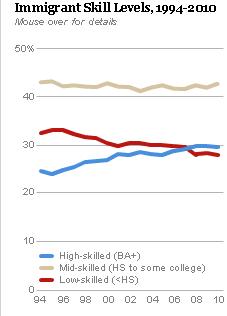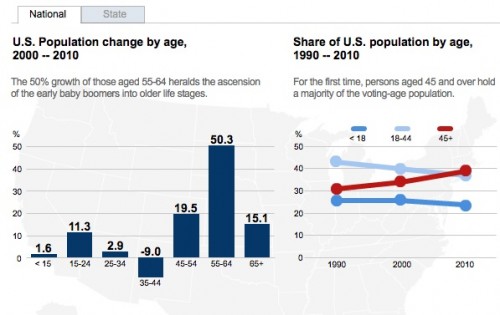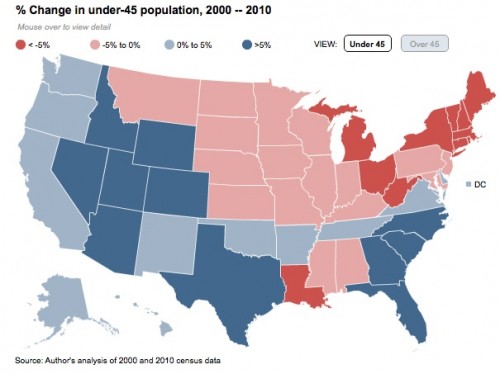In this 10-minute video, Cindy Gallop argues that young men are getting a false sex education from pornography. The average age that kids first view porn is 11-years-old and, by the time that boys are men, they have learned to imitate the kind of sex that they see in pornography. She argues that this effect — the way that porn is shaping our actual sexual behavior — is the greatest impact of technology on human behavior. Period.
Not opposed to porn, Gallop nevertheless believes that we need a counterpoint to porn so that we get a more diverse set of messages about sexuality (not dissimilar to the argument I make about hook up culture).
In service of her message, Gallop also has a TED Talk, a short book, and a website, Make Love Not Porn, with some great content.
Lisa Wade, PhD is an Associate Professor at Tulane University. She is the author of American Hookup, a book about college sexual culture; a textbook about gender; and a forthcoming introductory text: Terrible Magnificent Sociology. You can follow her on Twitter and Instagram.










